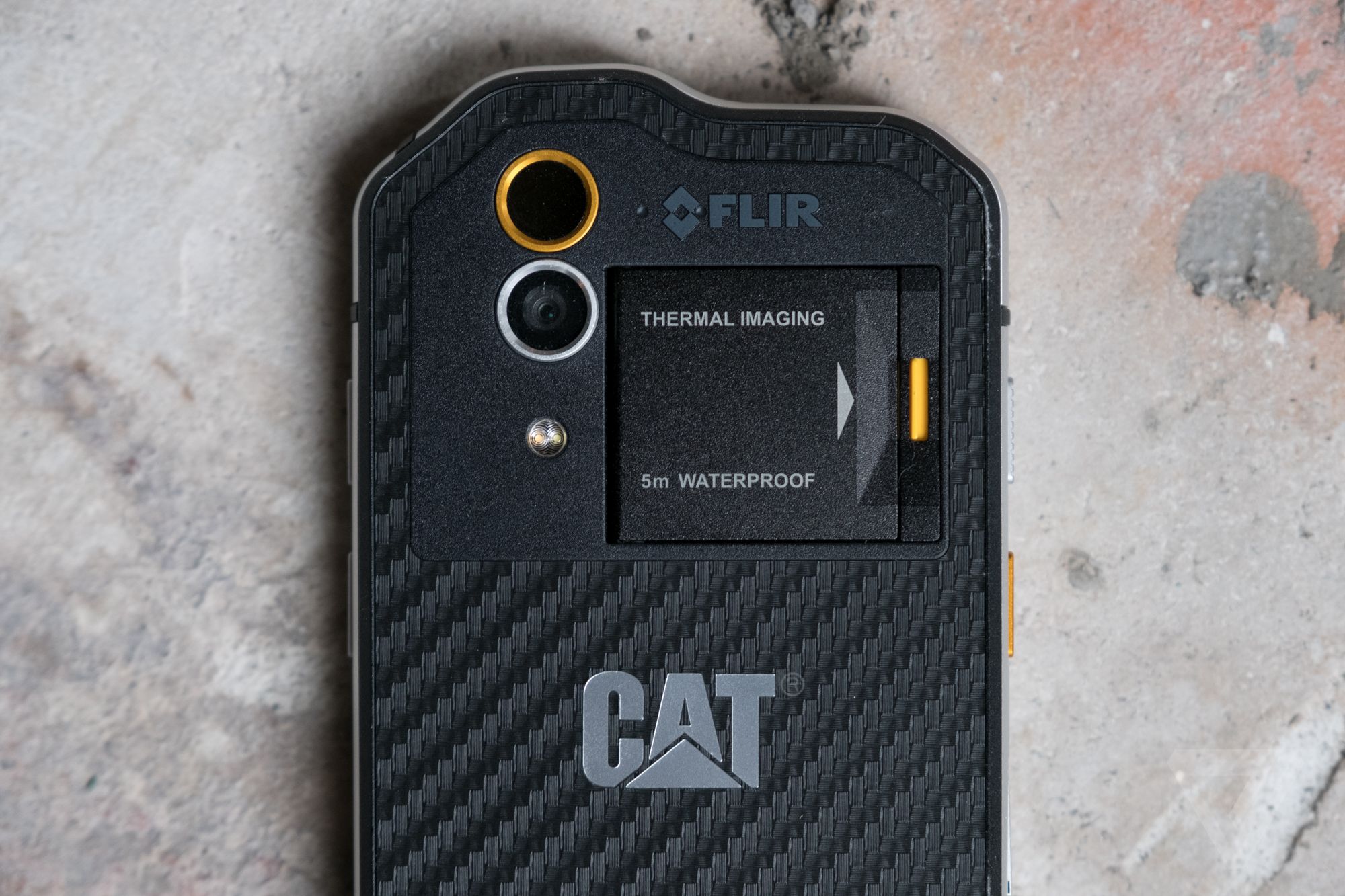In a world where most well-established smartphone makers are running are struggling to differentiate themselves based on hardware innovation, there are quite a few small players who have put abolutely unique phones on the table.
Of course, there is a thin line between weird and Innovative and we leave it for you to decide which side of the border these phones lie on. Here we list 8 exciting super weird phones that you shouldn’t miss.
Runcible
Runcible is born out of intense loathing for Smartphones, and that’s precisely why its maker, Monohm, labels it an ‘Anti-Smartphone’. It’s peculiar in shape and is super customizable (you can replace the shell as well as its internal hardware).
Runcible, that looks like a retro-compass, has a 2.5-inch circular display, Bluetooth, WiFi, input-output end points for audio, USB host, SPI (serial peripheral interface) and UART (universal asynchronous receiver/transmitter), but there are no speakers.
You can connect it to Bluetooth speakers when you need to make or attend calls, but this phone will never buzz, ring or interrupt you in any other way.
Also Read: 5 Smartphone Technologies That The World Could Have Done Without
Mi Mix
Xiaomi Mi Mix with an edge to edge screen looks awesome, to say the least. It isn’t the first bezel-less phone, as a bunch of Sharp bezeless concept-phones have been around for a while, but Mi Mix deserves some credit for popularizing the concept. It got a lot of people talking and makes a convincing case that someone somewhere is working on bringing the tech to the mass market real soon.
The Mi Mix, with 91.3 percent screen to body ratio (claims Xiaomi) has very narrow side bezel, uses a piezoelectric crystal as earpiece (for there is no room for the regular one), replaces proximity sensor with ultrasound and shifts the selfie camera on the bottom.
Numerous screen-cracking reports that have surfaced since its launch suggest that the phone isn’t all that durable. But that lies within the expected bounds since Xiaomi labels it as a concept smartphone.
Lumington T3
Lumington T3 is the first smartphone that comes with a night vision camera. It also flaunts a water-resistant marine-grade 316 stainless steel body that’s 7.9 mm thick and tips the scale at 145 grams. The Lumington 3T is available in 3 color variants ($740) and a 24-K gold variant ($1200) in the US and in Europe.
The 4MP night vision camera uses dual infrared flash to illuminate and capture completely dark scenes. The Helio X10 powered handset also includes a regular 13MP rear camera, 5MP selfie shooter, 3GB RAM, 128GB storage, NFC, WiFi ac, Audio Jack and a ‘high capacity’ battery.
Protruly Darling
A diamond studded variant is also available and that one looks a tad better.
BlackBerry Priv
BlackBerry Priv which launched early this year in India (and late last year globally) is a unique slider Smartphone done right. The phone feels well balanced even with the display half slid up, doesn’t feel overly heavy, and tactfully combines BlackBerry strengths with Android software.
It has just the right size (5.4-inch) AMOLED display, is powered by Snapdragon 808 with 3GB RAM and 32GB storage and also has an SD card slot. The phone still doesn’t justify its price tag in the sea of able Android flagships, but the fact that Blackberry could pull off a decent, covetable Slider Phone in 2016 means something.
Moto Z
Moto Z wasn’t the only Modular phone that released this year, but it was veritably the best implementation.
You can hot-swap modular accessories (JBL speaker module, shells, camera module, Projector module.. etc) seamlessly with perfect ease, and since it’s an ultra-slim phone, you won’t mind clipping arguably bulky Moto Mods to it.
In light of Google Ara being discontinued, and LG G5 failing to meet expectations, Motorola’s Z series shall remain the only choice for anyone who is tempted by modular smartphone concept for his/her phone in the foreseeable future.
Also Read: The Modular Smartphone Concept Is On Its Way Out?
CAT S60
Cat S60 is one of the toughest phones around. It can endure 6-foot drops on concrete floors, can dive in 5m deep water (which makes it the most water-resistant phone) and also has a thermal imaging camera!
The Flir thermal imaging camera is mounted on the rear and can be used to map the temperature of objects in the viewfinder. You can also download the Flir tool App from Playstore to get detailed data regarding these thermal images.
All that durability, however, makes it chunky. Other notable specs include Snapdragon 617 SoC,4.7-inch HD display, 32GB storage, 3GB RAM, Android Marshmallow and 3800mAh battery. If you work in distressing conditions, the phone is definitely worth considering. In US it costs around $625 (42,000 INR Approx.)
Lenovo Phab 2 Pro
Lenovo and Google joined hands to make an AR-centric handset that can read your surroundings and even interact with them. The first AR phone, Lenovo Phab 2 Pro, is huge and bulky and houses three rear cameras (A standard 16MP camera, an IR sensor and one with Fish-eye lens) that help it map the backdrop.
Several Tango Apps that demonstrate Augmented Reality potential are alredy live on Playstore. These includes Pokemon go like games, Shopping apps that let you see how a particular product would look like in your living room, and other tools that let you take physical measurements from your phone!
It’s still a first generation product and not everything works as it should. But yes, things should get better with time.
